
Businesses gear up every holiday season, knowing that holiday shopping is more than just festive cheer. It is the defining moment for their bottom line. The holidays have always been high stakes for the business fraternity, but in 2025, the dynamics are shifting.
The economics are shifting, and tech is advancing at a much faster speed, raising concerns about business growth worldwide. But to stay afloat, we need to stop chasing buzzwords or jargon and look for the numbers behind holiday marketing.
In this article, let’s look at the trends shaping business growth in 2025.
Let’s start with the basics: money. Holiday retail sales in the U.S. for the year 2025 are projected to reach about $1.4 trillion. There is some growth, yes, but this is not exactly what businesses would like to call a holiday boom. The National Retail Federation has forecasted retail growth in 2025 to be between 1.2% and 3.7%.
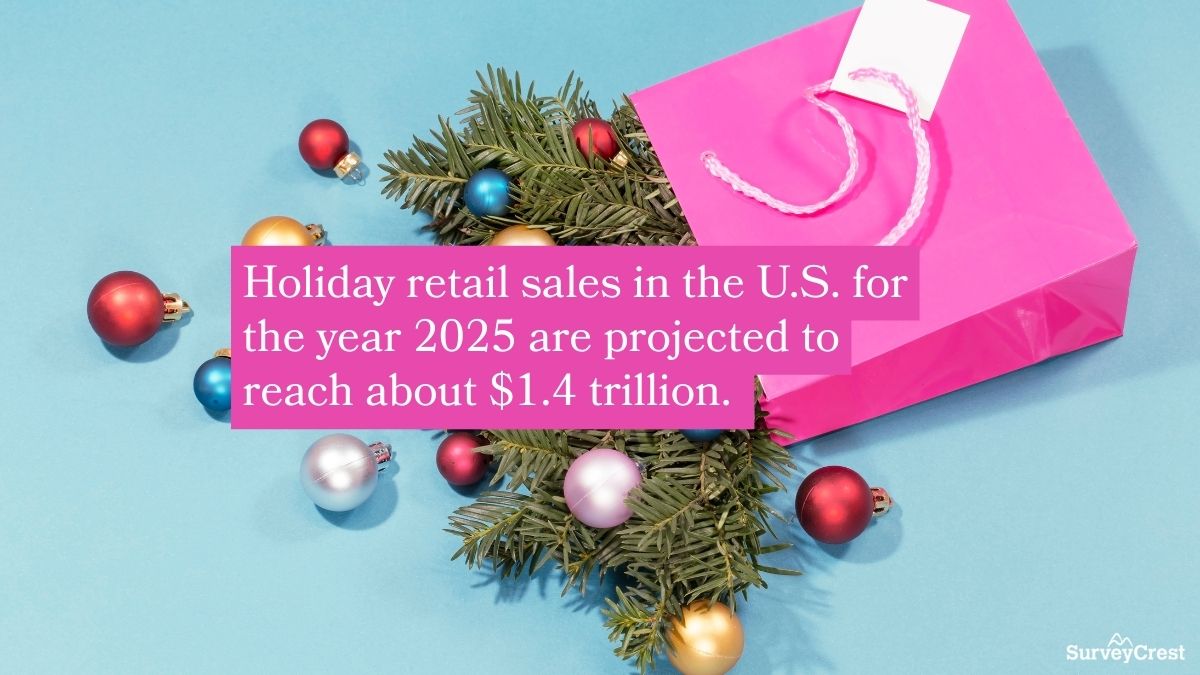
You may be wondering why there is a range, but there is very little customer confidence this time around. It’s wobbly, to say the least. While people are still optimistic about the economy improving, it has not stopped them from pinching pennies.
In this case, businesses should pivot and lean towards providing more value for less money. This means that they should offer more discounts, bundle deals, and even free shipping to appeal to people pinching pennies. As 51% of shoppers are targeting essentials over splurging, businesses should meet them where they are.
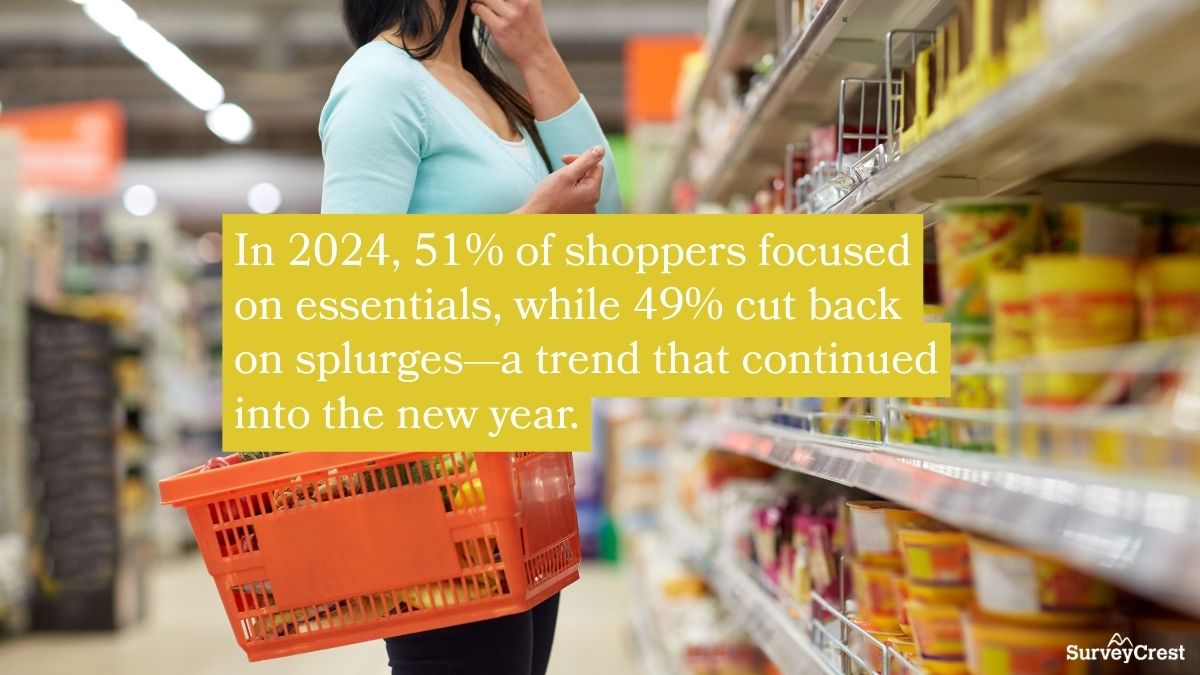
A smart way to do that should be to introduce and encourage loyalty programs that hold value for repeat buys and can help increase spend by every loyal customer instead of acquiring new ones.
Holidays look different than they did 10 years ago. You may not find crowded malls at the 11th hour because people are now tech-savvy and shop online. E-commerce is taking precedence over physical shopping, and US e-commerce holiday sales grew 8.7% to $241.4 billion in 2024. In 2025, figures are only expected to increase.
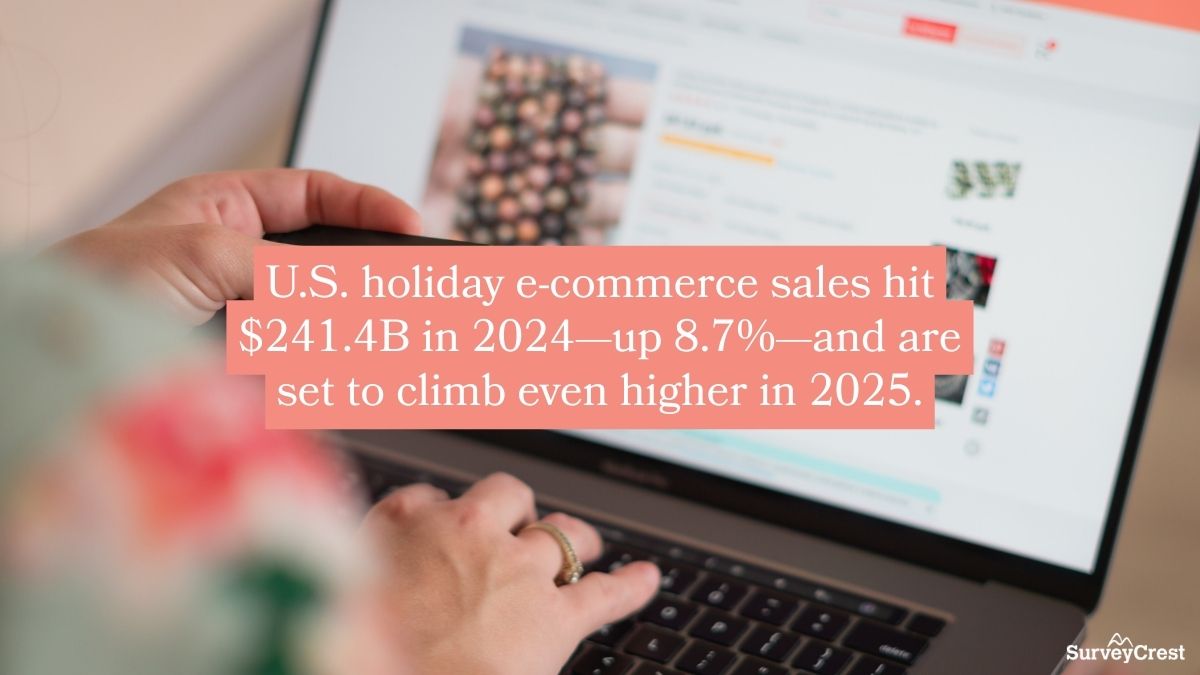
The biggest reason why e-commerce is booming is that people are scrolling on their phones and comparing the prices within seconds without having to move an inch! And like we said earlier, go where your customers are. Since your customers are using their mobiles to shop, go mobile-first!
A slow site is a lost sale. Shoppers want responsive designs, quick load times, and an effortless checkout process.

Try to improve your website’s user experience before the holiday season.
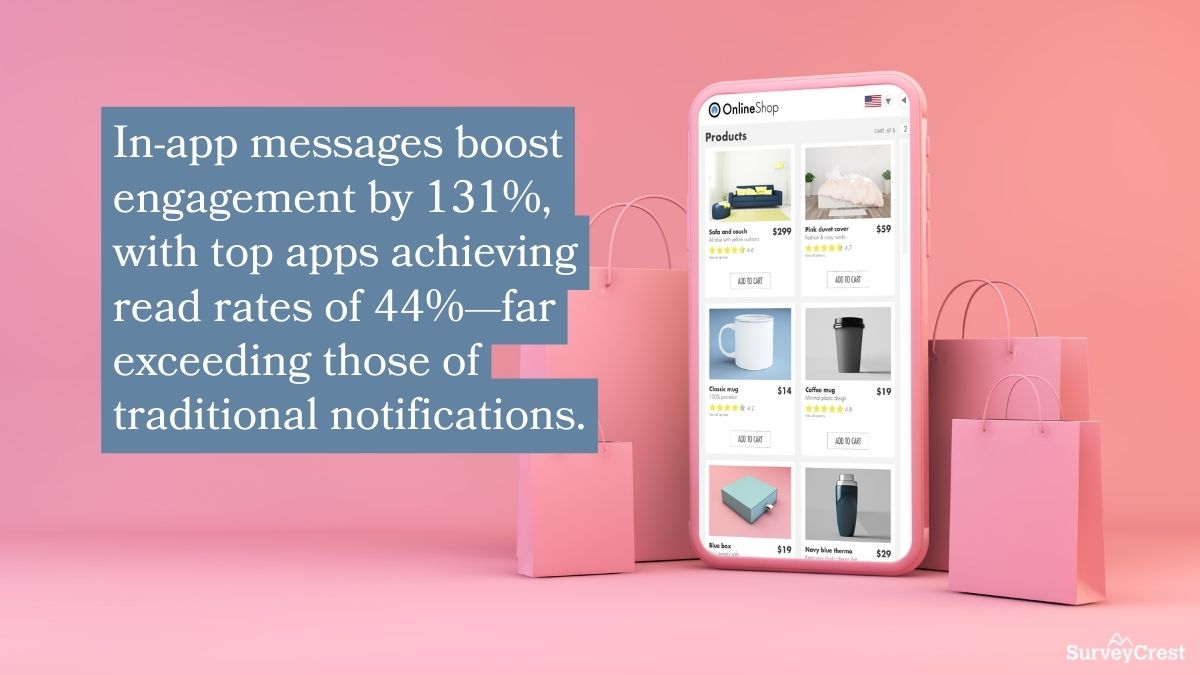
Give shoppers a reason to act in the moment. Adding deal alerts, personalized push notifications, and limited-time offers can create urgency and turn browsers into buyers.
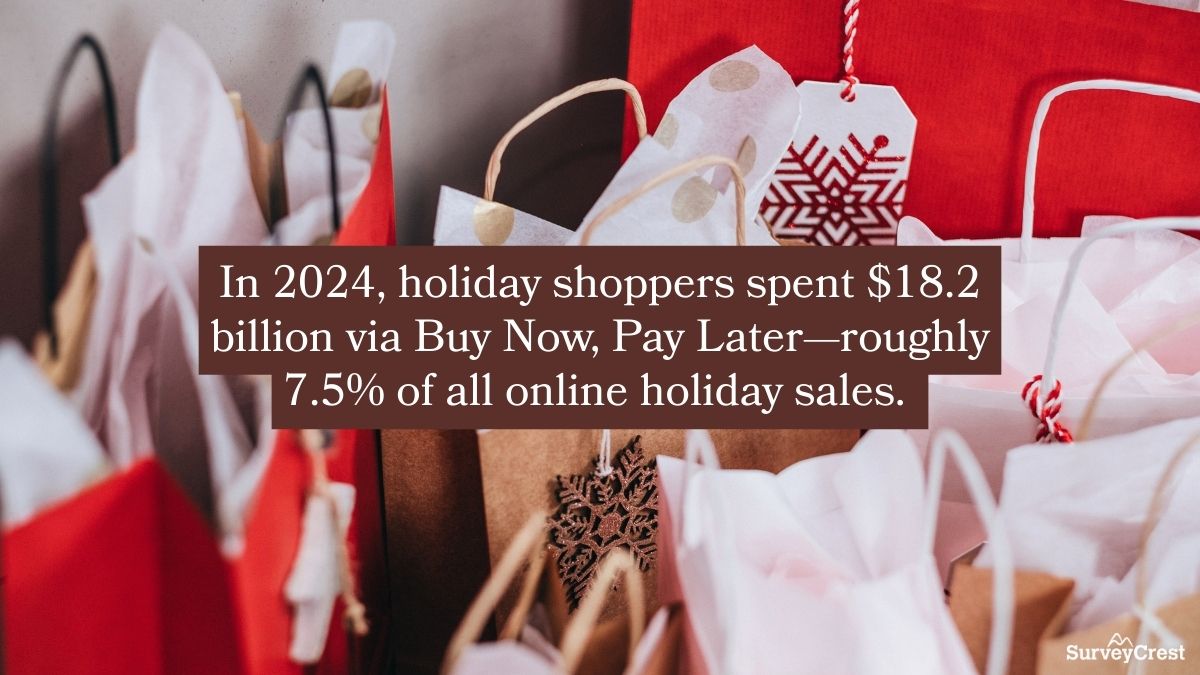
Payment options can make or break a purchase. Buy Now, Pay Later alone generated $18 billion in holiday sales last year, proof that flexibility converts hesitant shoppers into confident ones.
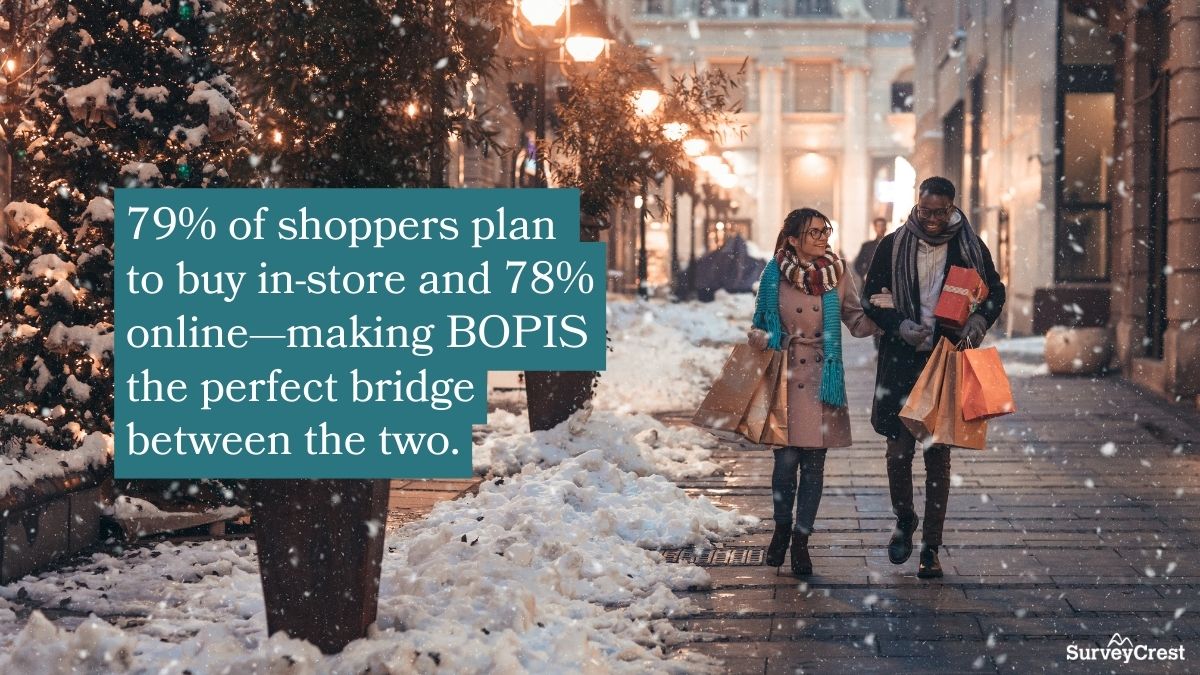
Omnichannel is no longer optional. With 79% of shoppers planning to visit stores and 78% shopping online marketplaces, models like buy-online-pick-up-in-store (BOPIS) bridge the gap and give customers the best of both worlds.
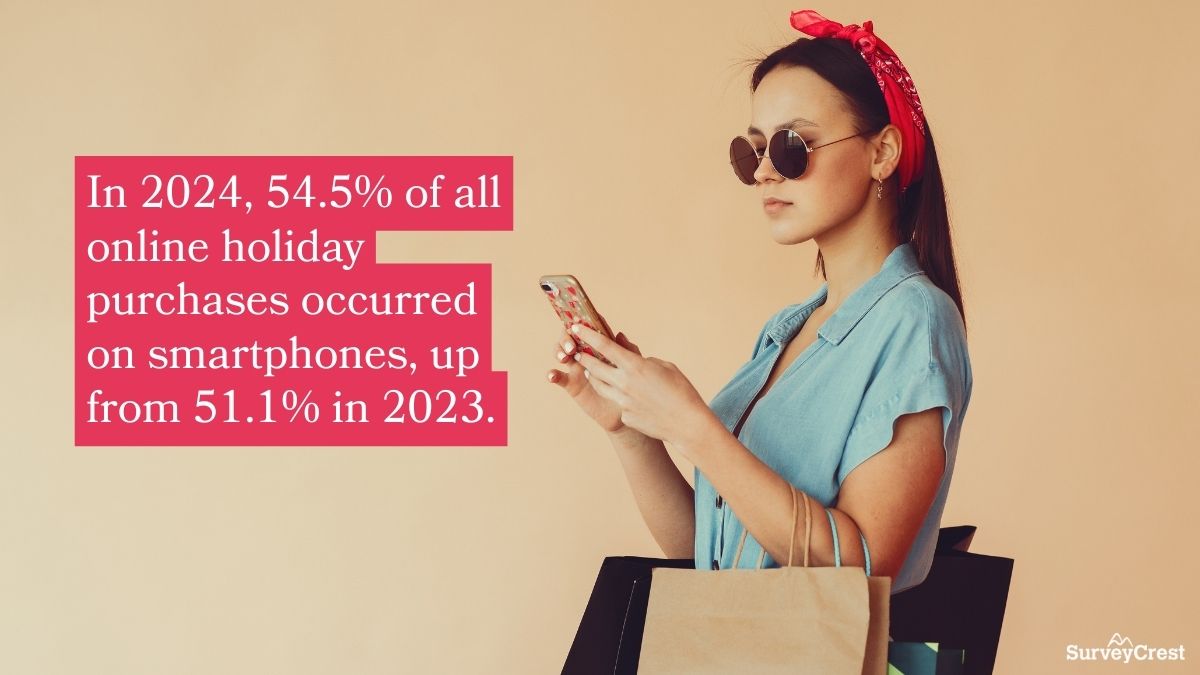
Independent online shops may not have big budgets, but mobile-first design can definitely level the playing field. Smaller retailers could see a growth boost just by making their mobile experience smoother and brighter.
This is where you can hook your audience in deeper. AI is not just a foreign concept anymore. We have been using AI in many facets of our lives, so much so that in 2024, 19% of purchases were influenced by AI. And imagine what that number must have increased to in 2025. Even you and I trust our AI assistant to help us brainstorm what to get friends and loved ones.
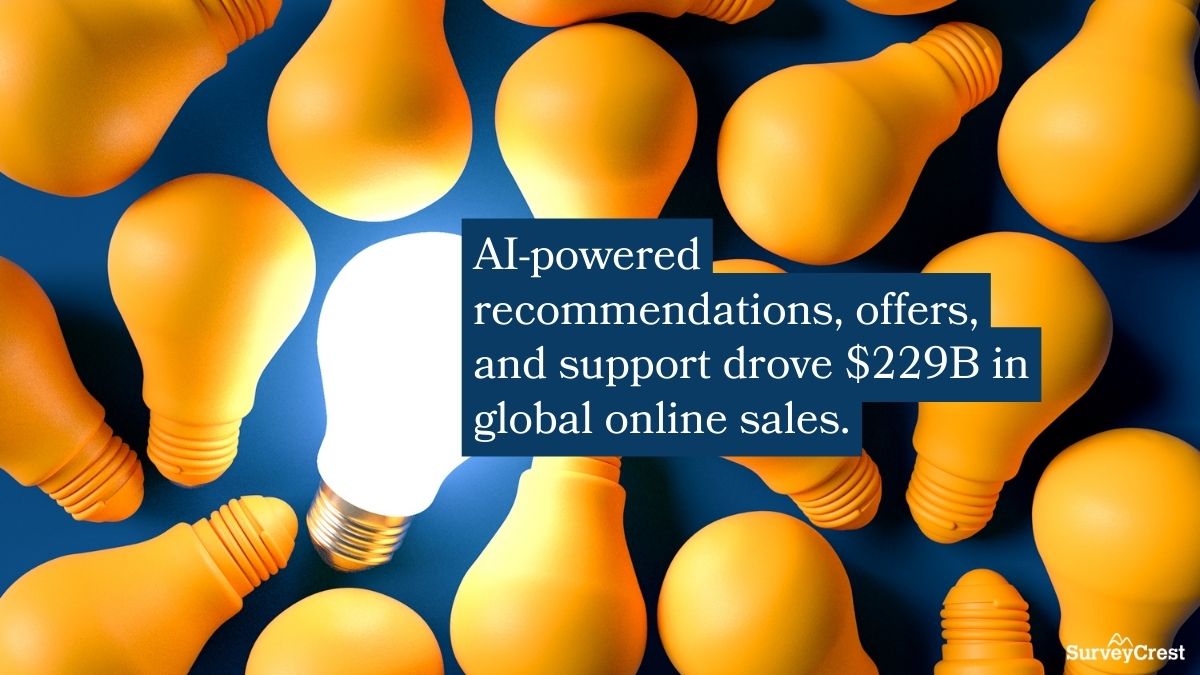
And it’s not just some random list of suggestions; these chatbots are personalizing the whole experience. If you can integrate AI in hyper-targeted ads, you may boost your sales significantly. But don’t get ahead of yourself and start slow. Make sure that you do not burden yourself in an effort to integrate AI and end up with a missed attempt.
Gen Z is changing the marketing game because they do things differently. Instead of traditional marketing methods, they use social media for product discovery, follow trends, and always prioritize morals.
To market to Gen Z, brands need to use short-form video content to get the target audience’s attention and move them further down the sales funnel. In addition, Gen Z is more heavily influenced by influencers than by blatant marketing campaigns. Investing in nano or micro influencers and user-generated content is a great idea, as 73% of Gen Z trust micro-influencers for their authenticity over picture-perfect celebrities.
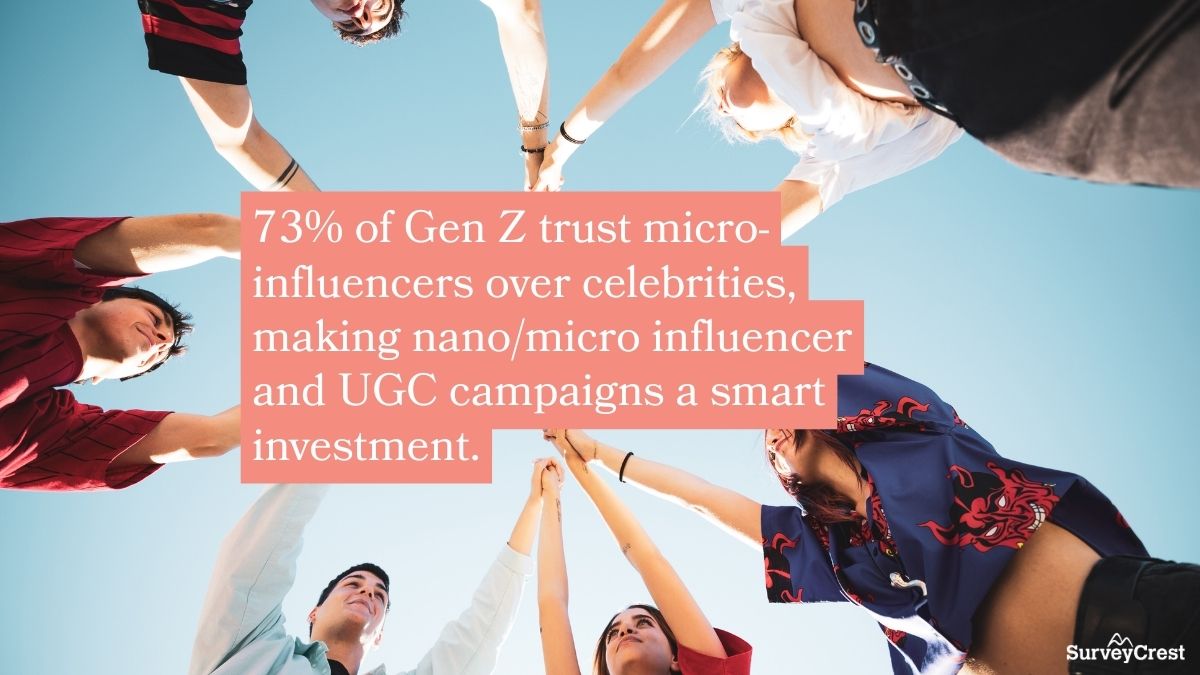
In the last few years, social media has evolved from picture- or meme-sharing platforms to a social e-commerce universe. Platforms like Instagram, TikTok, and even Pinterest are becoming one-stop business solutions. Users discover products here, look for user-generated content on the products they are interested in, and use the in-app checkout to buy.
This trend makes it easier for brands to get their audience on one page, but you have to be a social media marketing genius to get and maintain Gen Z’s attention this holiday season. You can try tactics like a live shopping event, story-based advertising, or holiday-exclusive products or deals. In 2024, a beauty brand, P.Louise, hosted a 12-hour TikTok live shopping marathon that generated $2 million in sales!
Lastly, everything is about trends and FOMO with Gen Z. They respond well to exclusive offers or limited edition products so they can get their hands on the item and feel the sense of exclusivity. TikTok is historically the biggest platform for trends to emerge and go viral, and content like #TikTokMadeMeButIT has gotten over 2.3 billion views.
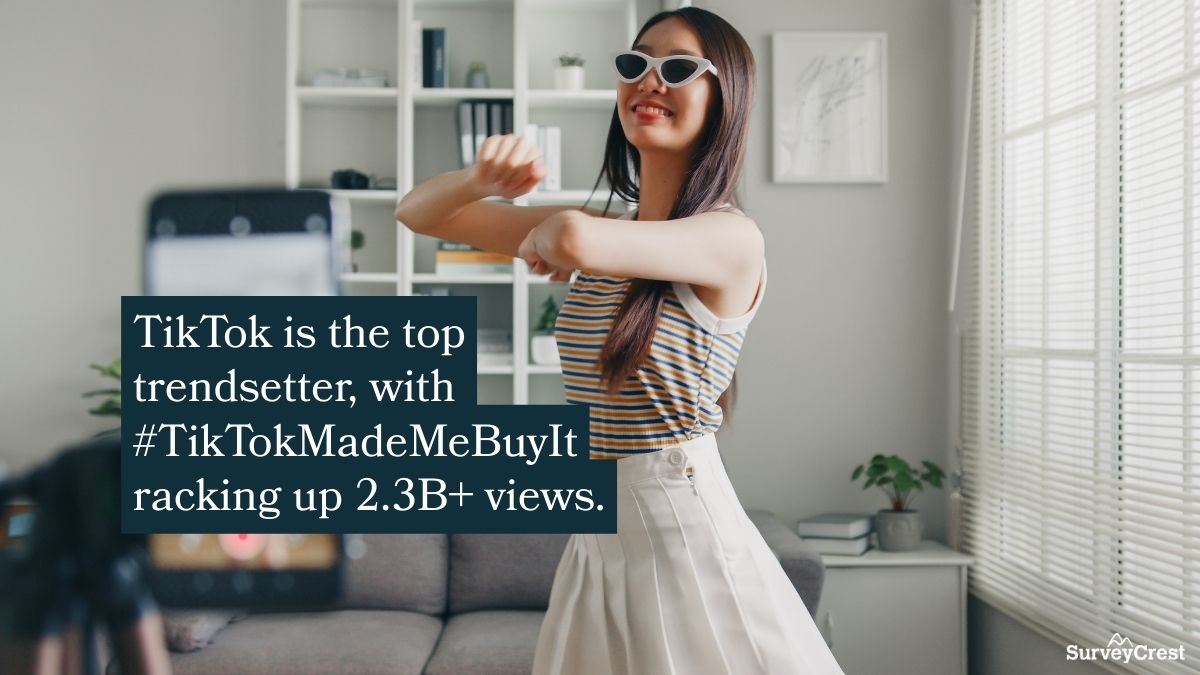
While not a trend per se, inclusivity and diversity are trending with Gen Z. 77% of Gen Z are more perceptive to brands that promote gender equality and are inclusive of people from all ethnicities. Brands that are socially conscious and want to appeal to the mass audience without any discrimination are always well-received. As a brand trying to gain the ever-shifting attention of Gen Z, inclusivity is a sure way to be in their good books.
Gen Z is one of the most economically aware generations, and this is why they proceed with caution when it comes to purchasing gifts or anything else that is not a necessity. To appeal to these budget-conscious shoppers, brands need to step up and come up with affordable gifting options. This way, they will not only get Gen Z to shop but also align with Gen Z’s plan to reduce their holiday budgets by 23%.

While you work on providing more budget-friendly options, it is also a great idea to market and offer flexible payment options. Buy Now Pay Later has been greatly successful for Gen X. In 2024, 54% Gen Z used BPNL during the holiday season and that number will most likely increase in 2025.
Circling back to budget-friendly options, you can be smart about it and use the holiday season to create deals and flash sales. This will create urgency, and as a brand, you will be able to achieve your goals.
Millennials and Gen Z look for sustainability in everything they buy. You may find many brands inching towards more eco-friendly practices and marketing them heavily. This is because 70% of consumers consider sustainability when making purchase decisions, and if you are not vocal about your sustainability efforts, the newer generations will not even consider you.
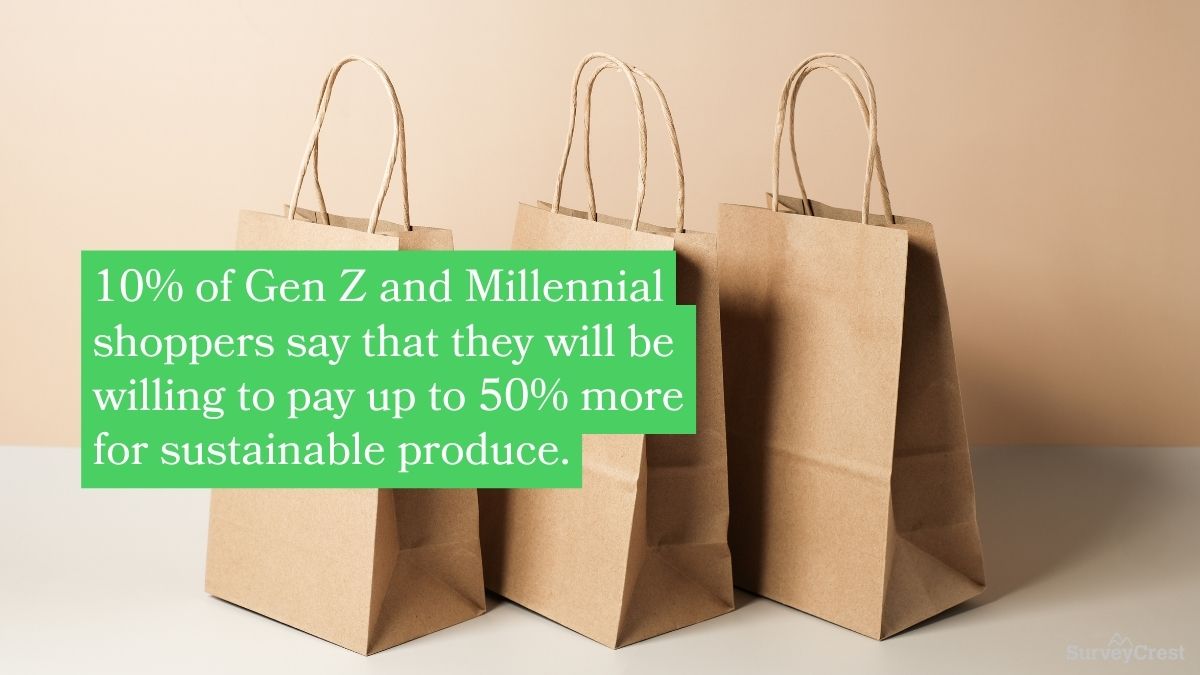
On the other hand, if you offer products from sustainable or ethically sourced sources, the same generation will happily pay a premium to give back to the environment. 10% of Gen Z and Millennial shoppers say that they will be willing to pay up to 50% more for sustainable produce.
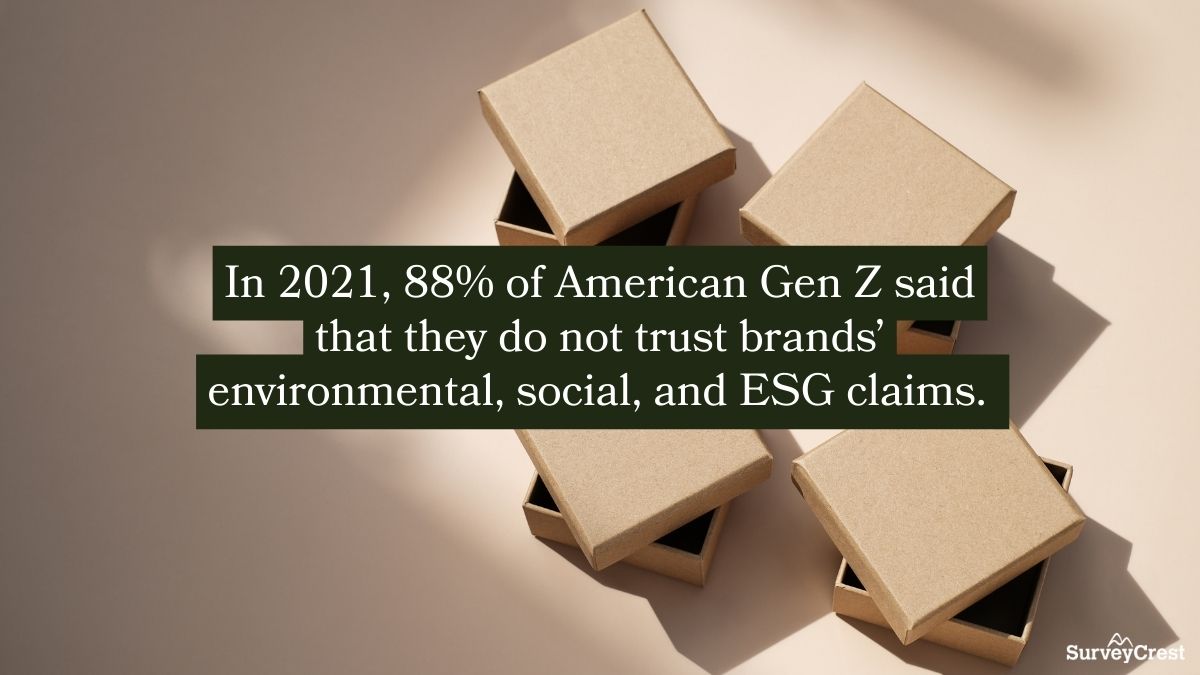
Combining sustainability and budget-friendly promotions will be like striking gold this holiday season and boost sales. However, it is crucial to be transparent and completely avoid greenwashing, as these consumers are well aware and might ask you for proof of all sustainability claims and even certifications. In 2021, 88% of American Gen Z said that they do not trust brands’ environmental, social, and ESG claims.
Therefore, in your marketing, use transparent messaging so you do not claim what you cannot deliver and get canceled. It is better to show than tell, and just display your certifications publicly so there are no questions or second-guessing from the get-go.
Here is a quick glance at all the numbers behind holiday marketing trends 2025:
Marketing trends change like the weather, and marketers should be prepared for anything and everything this holiday season. Gen Z is changing spending habits, which may seem like unfamiliar territory for marketers. This article has all the data-backed information you need to know about holiday marketing trends 2025.
If you want to gather more data before you develop a 2025 holiday marketing plan, feel free to use the consumer awareness survey template and begin your own survey today.
Kelvin Stiles is a tech enthusiast and works as a marketing consultant at SurveyCrest – FREE online survey software and publishing tools for academic and business use. He is also an avid blogger and a comic book fanatic.